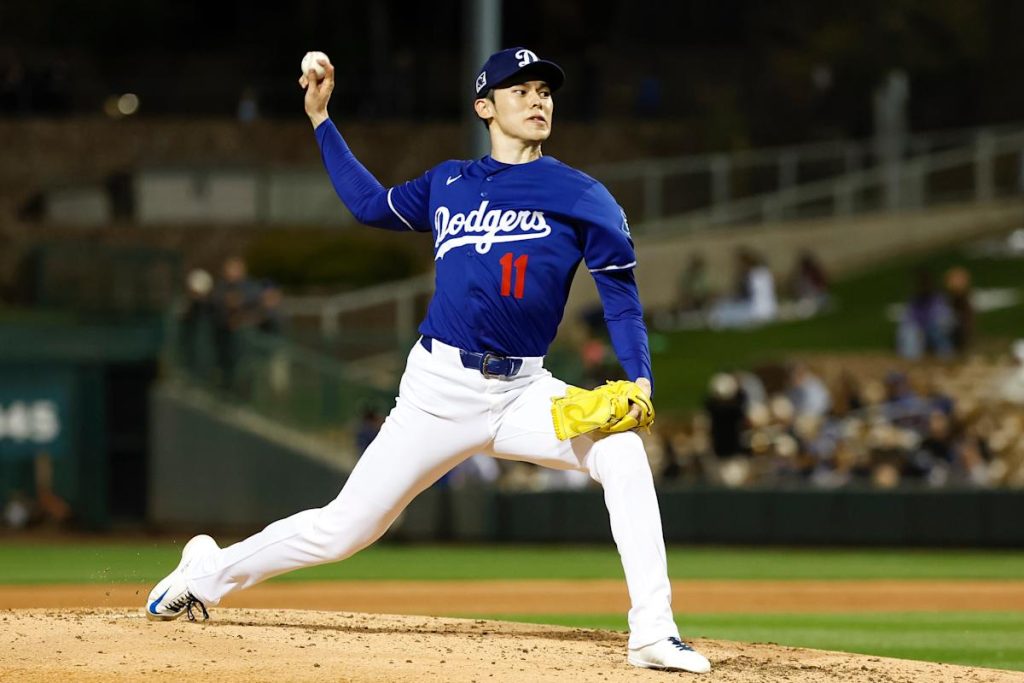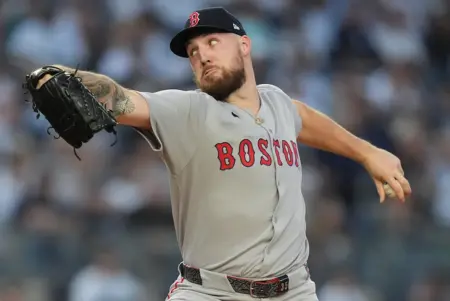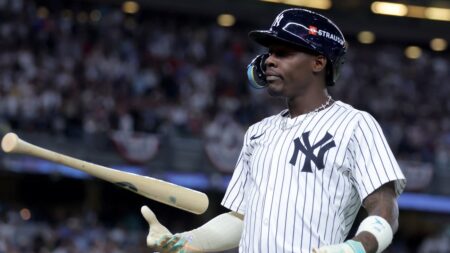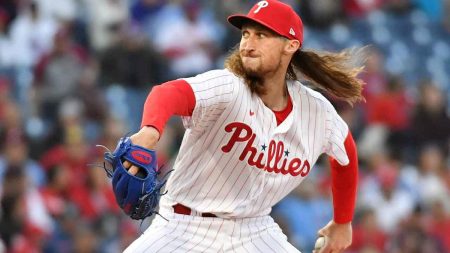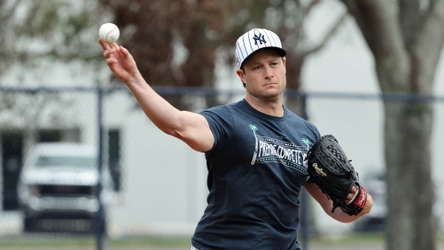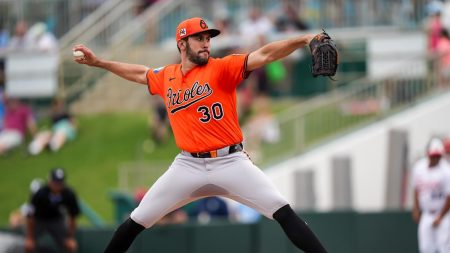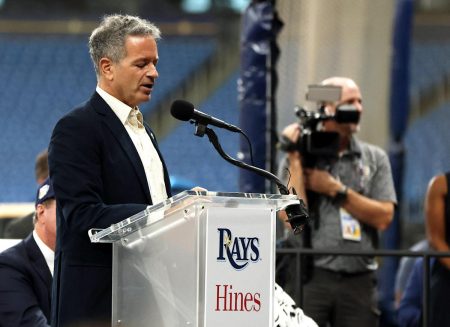Tarik Skubal and Paul Skenes: The Rising Stars
Tarik Skubal of the Detroit Tigers and Paul Skenes of the Pittsburgh Pirates are two young pitchers whose raw talent is undeniable but whose potential is a source of considerable debate among fantasy baseball enthusiasts. Both come with impressive strikeout rates and the allure of high upside, making them attractive in the early rounds of drafts. However, the hesitation stems from the uncertainty surrounding their consistency and durability. Skenes, still just 22 years old, has only 23 MLB starts under his belt, and it remains to be seen how he will handle a full season’s workload. Skubal, while a bit more experienced, also faces questions about maintaining his performance over the long haul. My strategy is to dip into the second and third tiers of pitching, aiming to build a strong offensive lineup first. It won’t be easy watching these two dominate for other teams, but I’m willing to take that risk in exchange for a more balanced roster.
Jacob deGrom: The Injury-Prone Ace
Jacob deGrom, now with the Texas Rangers, is a name that strikes both awe and caution. When healthy, deGrom is undeniably the best pitcher of his era, boasting two Cy Young awards and a mind-blowing 2021 mini-season (15 starts, 1.08 ERA, 0.554 WHIP). Yet, his health has been a major concern over the past three seasons, with just 20 starts and a second Tommy John surgery. As he enters his age-37 season, the questions about his durability loom large. My longtime friend Gene McCaffrey suggests a strategy of getting some deGrom without breaking the bank—essentially, protecting against FOMO but also safeguarding against further injuries. My co-manager and I hold an inexpensive keeper option on deGrom in one league, which should cover my investment for the spring. Despite his sky-high ADP (51.4), which feels more like wishcasting than a realistic expectation, I’m inclined to agree. As a fan, the prospect of 30 deGrom starts is incredibly exciting and nearly impossible to resist, but building a roster on hopes and dreams isn’t a sustainable strategy.
Brandon Pfaadt: The Undervalued Comet
Brandon Pfaadt of the Arizona Diamondbacks has shown flashes of brilliance, particularly with his ability to miss bats and his unfortunate 2023 season, where he seemed to be the victim of bad luck rather than poor performance. ERA estimators suggest that Pfaadt was significantly unlucky, and his brief career has seen him contend with homer issues. Additionally, he’s not guaranteed a starting spot in the rotation to begin the 2025 season, which adds another layer of uncertainty. While I initially thought Pfaadt would be a strong candidate for my upside/breakout list, his rising popularity and ADP have made him more expensive. This has led me to back off somewhat, as there are other potential breakout arms that might come at a lower cost. The key here is to balance potential with value, ensuring that I don’t overcommit to a pitcher who may not be a sure thing for a starting role.
Roki Sasaki: The Exciting Prospect
Roki Sasaki of the Los Angeles Dodgers has been turning heads with his deep arsenal of pitches and a dominant spring start. At just 23 years old, Sasaki is still developing, and his potential is truly scary to consider. The Dodgers, with their deep and talented roster, provide an ideal environment for his growth. However, the team’s cautious approach to managing young talent, especially pitchers, is a cause for concern. There’s a real possibility that the Dodgers will implement a sensitive load-management strategy, limiting Sasaki’s innings and starts over the first half of the season to ensure his long-term health. Despite these reservations, his ADP is steadily climbing due to the excitement he’s generated. I’m considering drafting Sasaki, but only if I can secure him at a reasonable price. Missing out entirely on this spectacle would be a loss, but drafting a pitcher with limited innings could be counterproductive.
Spencer Strider: The Elbow Woes
Spencer Strider of the Atlanta Braves had a breakthrough 2023 season, but 2024 was a different story. His elbow issues began in April, and by the end of the year, he had undergone UCL surgery, albeit not the more severe Tommy John variety. The hope is that Strider will return to the Braves’ rotation in the early part of the 2025 season, possibly as soon as May. However, I’m generally wary of drafting pitchers coming back from significant injuries, as the risk of reinjury or a prolonged adjustment period is high. Unless Strider’s ADP drops significantly below Pick 200, which seems unlikely given his past performance and pedigree, I’ll likely pass on him. It’s a tough call, but drafting into injuries is a gamble I’m not willing to take with my pitching staff.
José Berríos: The Reliable Veteran
José Berríos of the Toronto Blue Jays has seen his star dim slightly over the years, but he remains a reliable and durable pitcher. His ERA has consistently hovered around the mid-3s for four of the last five seasons, and his career WHIP of 1.231 is solid if not exceptional. The Blue Jays’ acquisition of defensive specialist Andrés Giménez and the run-neutral nature of their home park in the recent past provide a favorable environment for Berríos. While he may not be a future Cy Young candidate, his consistency makes him a valuable addition to any pitching staff. I’m willing to give Berríos some credit for his durability, having made 32 starts in each of his last six non-pandemic seasons. Drafting him later in the process, around Pick 200, allows me to secure a reliable floor without breaking the bank. Not every pick needs to be a daring one; sometimes, a steady and dependable player is the right move.

